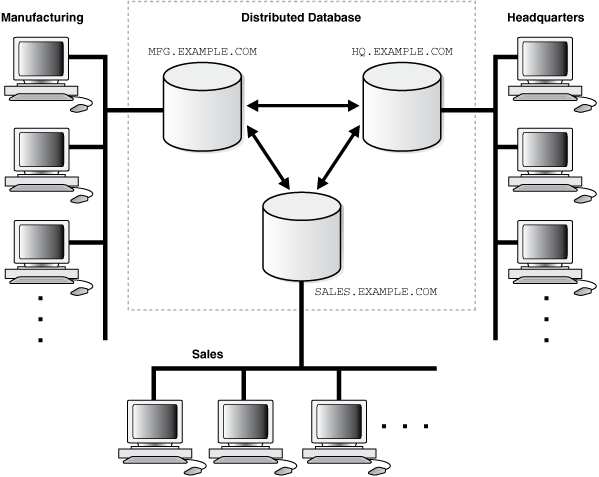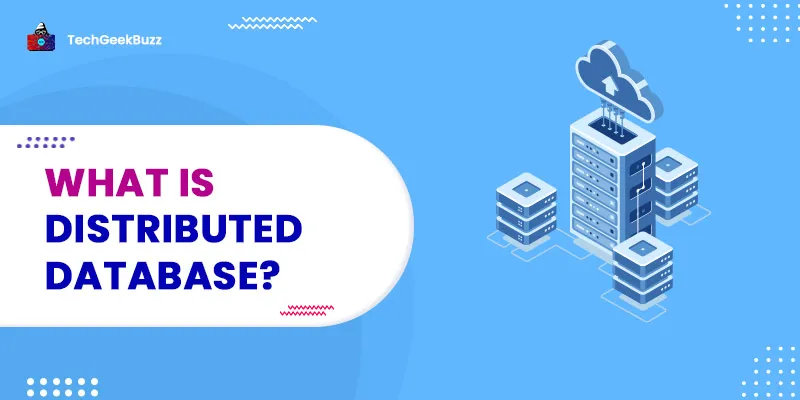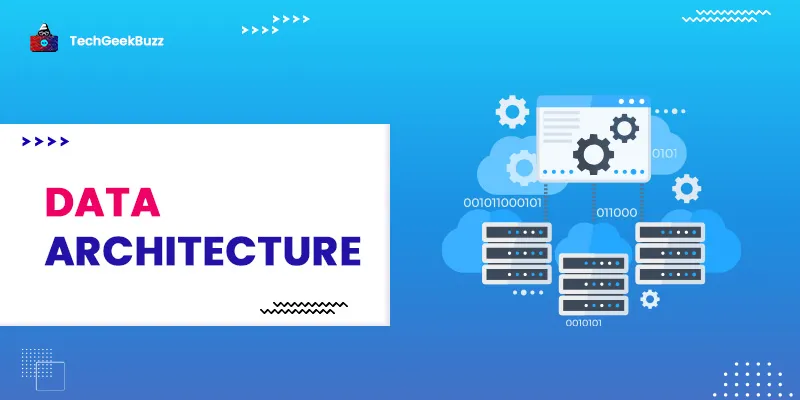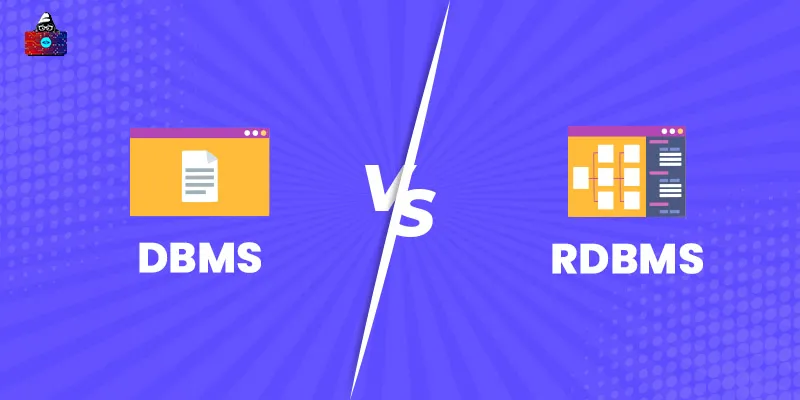The main objective of a database is to collect and organize data. So it becomes easier for a user to insert new and retrieve old data. There are various types of Databases we can choose to store and organize our data, and these types are generally referred to as Database models. Right now, the Relational Database is the most popular Database model, but the database selection depends on the project and product requirements.
Here in this article, I will be covering the Distributed Database, which is one of the popular Database models and is still used by many businesses to store and manage their data. Here we will also be discussing the important concepts of the distributed database with examples so you can have a tight grasp of its basic concepts.
What is Distributed Database?

Distributed Database Architecture
With a surge of data in organizations, we need databases to maintain that data. In the past few years, it has become difficult to centralize and collect so much data in the same place or network. Hence, developers come up with the idea of distributing the data over several local or internet servers. This concept of distributing data rather than centralizing gives birth to a new model of Database known as Distributed Database. I
In Distributed Database, the actual database where data is supposed to stored or retrieved from, is not located in one place or system. Instead, it speared across different servers or systems. Unlike other database models, distributed databases do not share physical resources and components. Distributed Databases are very useful when we want global users to access data. Mostly all the cloud storage services use distributed Database concepts.
Distributed Database System or Distributed Database Management System (DDBMS)
A distributed Database Management System is a software that can create, delete, and update a Distributed database. With a Distributed Database system, we can manage a distributed database like it is present at a single location. With the help of software, we can synchronize the data periodically and provide current and updated data to our users.
Process in Distributed Databases
When data is manipulated in distributed databases then, transactions are processed in many machines because the database is not limited to a single server or system. And to update the database and make sure that all the data remain up-to-date, two processes occurred in the Distributed systems.
- Replication Process
- Duplication Process
1. Replication Process
The Database system of Distributed Database has a specific set of software that checks for changes in the database. If the software finds any changes in the database, then it makes sure that the change looks the same on all the servers where data is distributed. This process is very expensive, and it requires a lot of computer resources. And the time consumption for making changes also depends upon the size and number of the servers where the database is distributed.
2. Duplication Process:
Here the database system makes a database a master database, and the user changes occur on this master database only. And then, the system duplicates master database data to other databases stored at different servers. This process is a little bit less complex than replications and consumes fewer computer resources. Like the replication process, it also makes sure that data on every database remain updated and current.
<Note>: Apart from replication and duplication, there are many other processes included in the Distributed database. But those processes generally depend on the requirement of the business model.
Types (Architecture) of Distributed Databases System
There are two ways to access the data from distributed databases: Local and Global applications. In the local application, the user does not need and access data from another server or site. In global applications, user need and access data from other sites and servers. Based on local and global applications, distributed data is divided into two types:
- Homogeneous Distributed Database
- Heterogeneous Distributed Database.
1. Homogeneous Distributed Database Management System
In Homogeneous, all distributed databases have identical systems and software, and all the systems are linked with each other and work on a cooperative user request. From a User point of view, the homogeneous DBMS looks like a single system with a single database. It is very easy to design and work with a Homogenous system. To be a Homogenous database, there are two conditions:
- The data structures of all the databases distributed across the server should be the same.
- The database system (DBMS software) at all the servers or locations must also be the same.
2. Heterogeneous Distributed Database Management System:
In a Heterogeneous Database system, the different servers or databases may use different types of database systems or software. Here it is not necessary that all the databases use the same data structure and schema. The difference in databases schemas and structures also affect the replication and duplication process.
Advantages and Disadvantages of Distributed Databases:
Advantages
- It becomes very easy when we want to move or expand our database to a new location or unit.
- Users across the globe can fetch data from a distributed database faster.
- Even if one database fails, the system continues to run with other databases present in different locations.
- Its response time is much faster than any other database model.
- The cost of a distributed database can be customized according to the business need, the cost becomes very low if the data is stored locally.
Disadvantages
- It requires complex and expensive Databases Systems and software to manage it.
- The data redundancy increases the size of the database, which also affects its performance.
Summary
- As the name suggests, instead of keeping the database at a single location, the distributed database model distributes its database across different systems or servers.
- The systems or servers may present at different or the same location.
- The cost of the database increases if systems present at different locations
- The cost of the database remains low if systems and servers are present locally.
- A Distributed DBMS is a software that manages the Distributed Database.
- In a Homogeneous distributed Management system, all the distributed databases have the same set of software and data structures.
- In a heterogeneous Distributed management system, all the distributed databases may have different data structures and software.
People are also reading:




